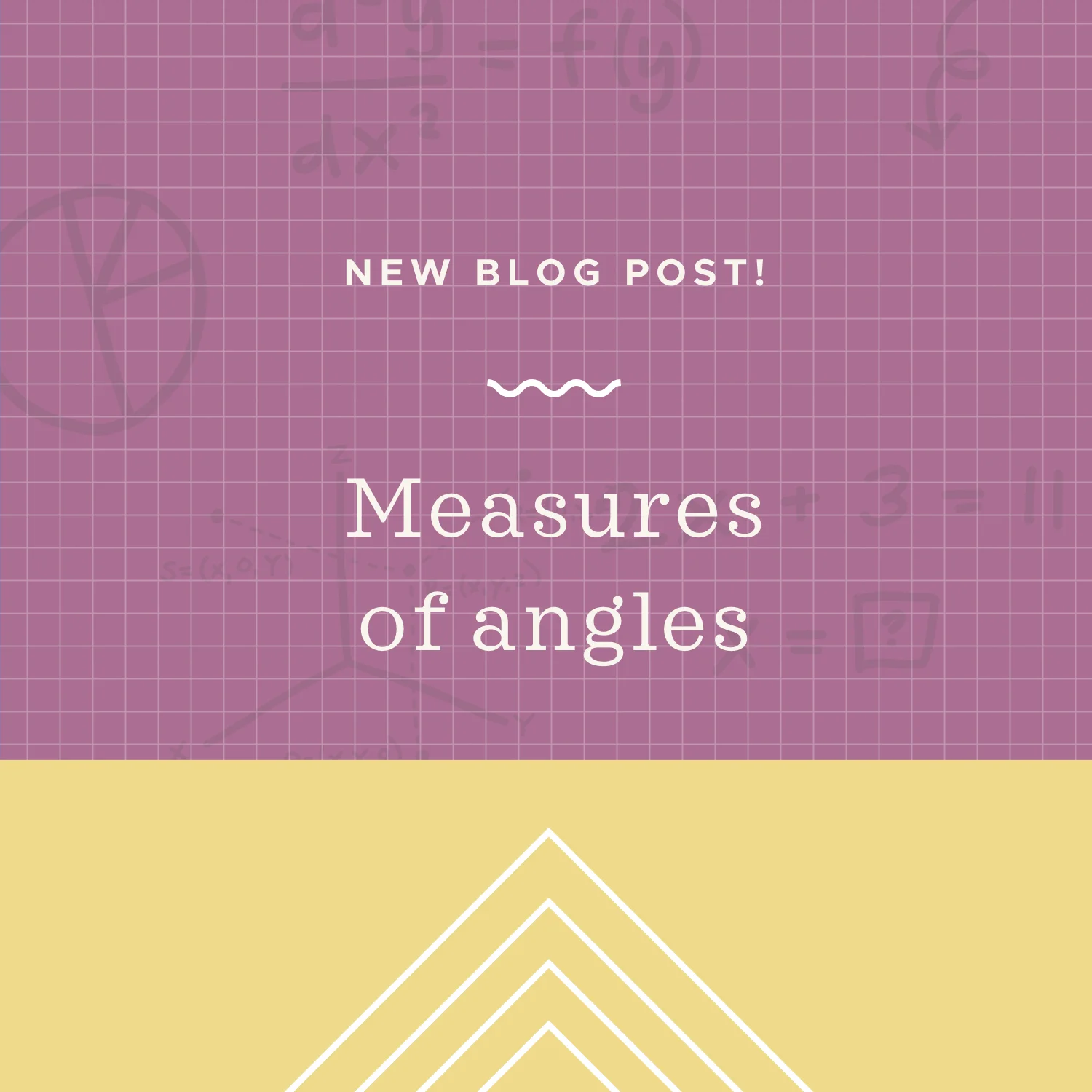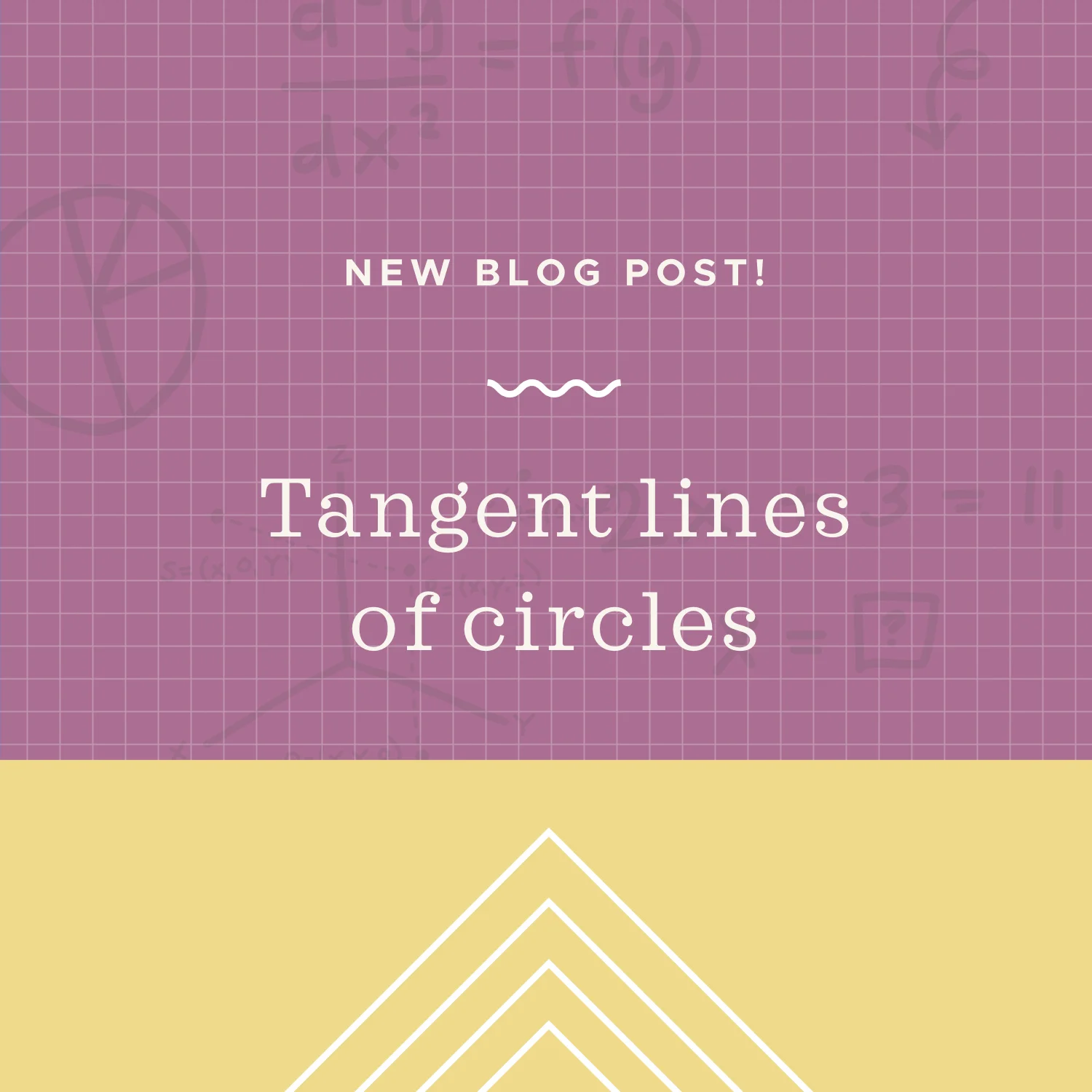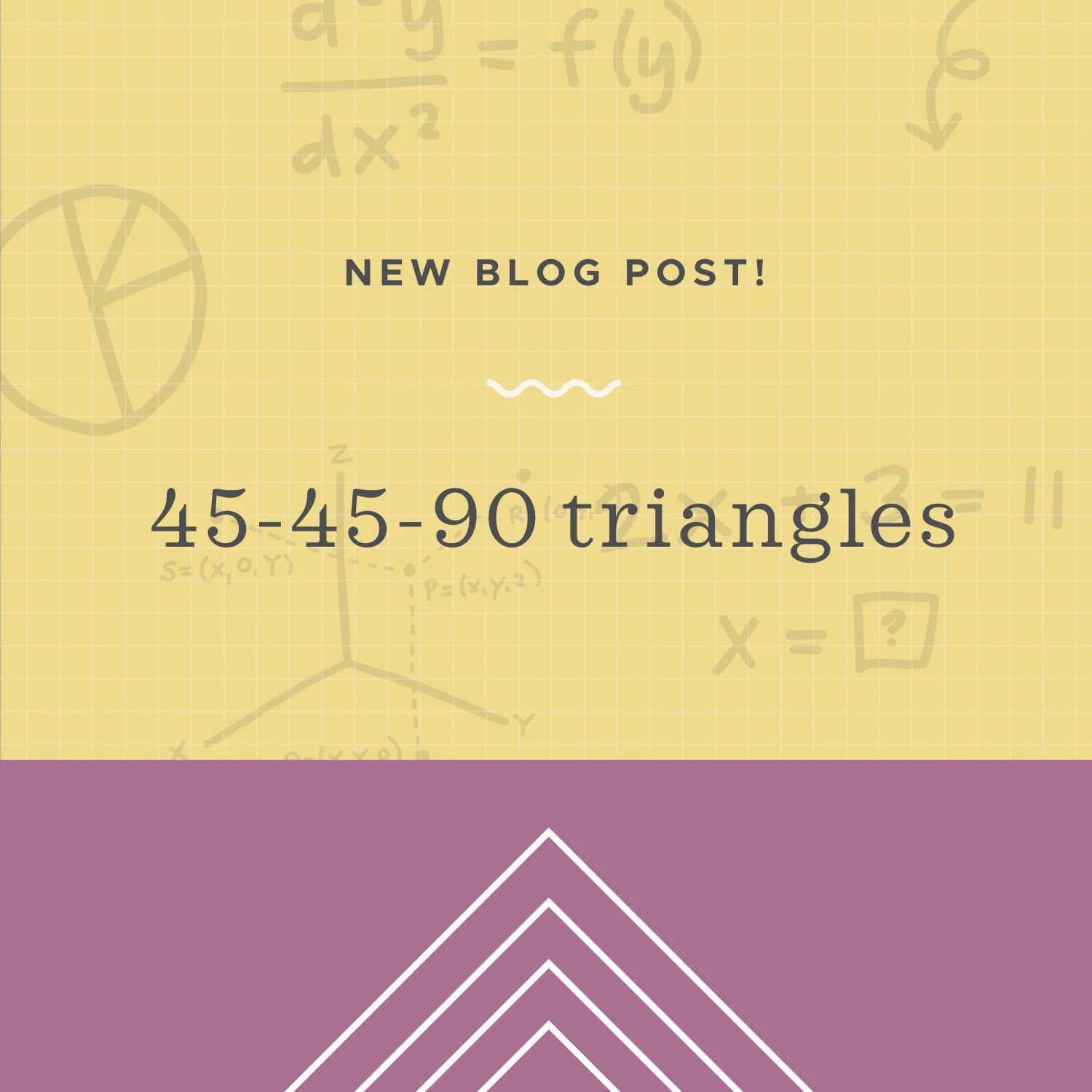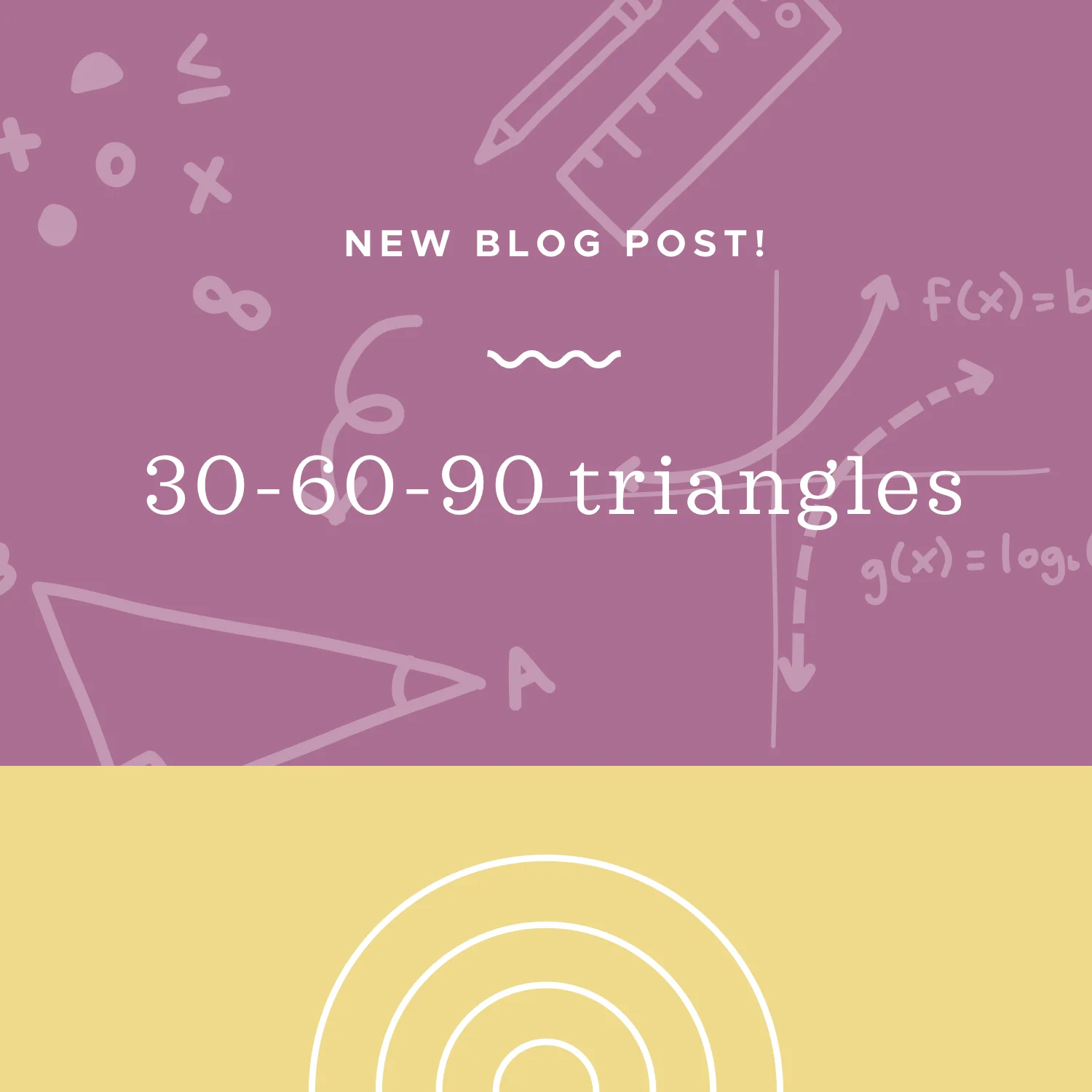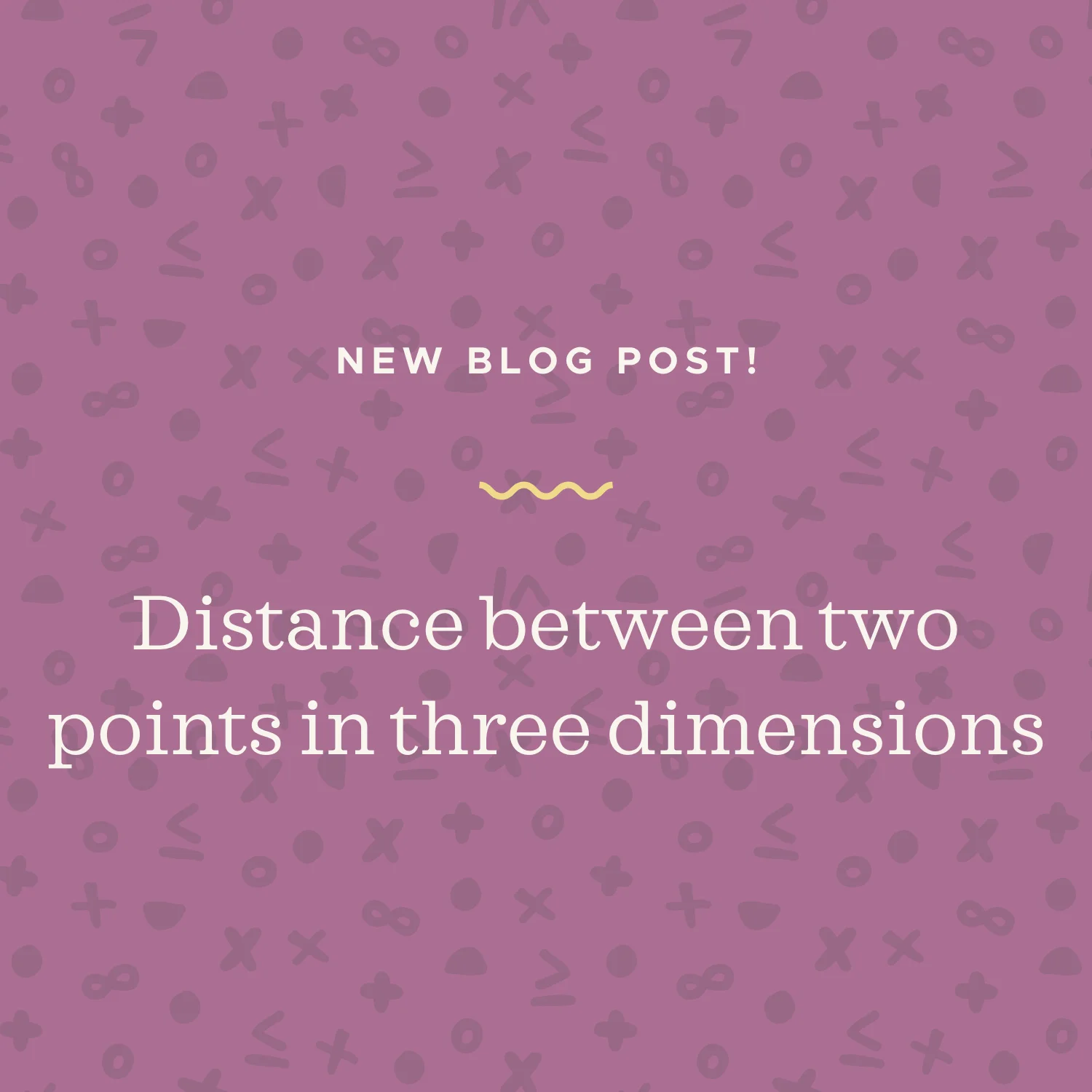In this lesson we’ll look at how to find the measures of angles, in degrees, algebraically. An angle is a fraction of a circle, the turn of the angle is measured in degrees (or radians).
Read MoreA tangent line to a circle intersects the circle at exactly one point on its circumference. The radius drawn from the center of the circle to the point of tangency is always perpendicular to the tangent line.
Read MoreIn this lesson we’ll look at the nets, volume, and surface area of cones. We’ll focus on circular cones (cones whose bases are perfect circles), and after looking at the cone and its net, we’ll work through the surface area and volume formulas, and examples of how to calculate those figures for a cone.
Read MoreIn this lesson we’ll look at how to use two more triangle congruence theorems, called angle, angle, side (AAS) and hypotenuse, leg (HL), to show that triangles, or parts of triangles, are congruent to one another.
Read MoreCPCTC stands for “corresponding parts of congruent triangles are congruent.” In some of the previous lessons on congruence, we used congruent parts of a pair of triangles to try to prove that the triangles themselves are congruent. CPCTC flips this around, and makes the point that, given two congruent triangles, corresponding parts of those triangles must also be congruent.
Read MoreA 45-45-90 triangle is a special kind of right triangle, because it’s isosceles with two congruent sides and two congruent angles. Since it’s a right triangle, the length of the hypotenuse has to be greater than the length of each leg, so the congruent sides are the legs of the triangle.
Read MoreA 30-60-90 is a scalene triangle and each side has a different measure. Since it’s a right triangle, the sides touching the right angle are called the legs of the triangle, it has a long leg and a short leg, and the hypotenuse is the side across from the right angle. In this lesson we’ll look at how to solve for the side lengths of a 30-60-90 triangle.
Read MoreIn this lesson we’ll look at how to write conditional statements and how to draw and interpret Euler diagrams. A conditional statement is an if/then statement where the “if” part is the hypothesis and comes first, and the “then” part is the conclusion and comes second.
Read MoreIn this lesson we’ll look at how to write a converse statement from a conditional. We learned in the last section that a conditional statement is an if/then statement where the first part is the hypothesis and the second part is the conclusion.
Read MoreIn this lesson we’ll look at how the rotation of a figure in a coordinate plane determines where it’s located. A rotation is a type of transformation that moves a figure around a central rotation point, called the point of rotation. The point of rotation can be inside or outside of the figure.
Read MoreIn this lesson we’ll look at how to use triangle congruence theorems to prove that triangles, or parts of triangles, are congruent to one another. A pair of congruent triangles have exactly the same size and shape. That means that all pairs of sides are the same length and all pairs of angles have the same measure. You know that triangles are congruent to one another if the pairs of sides and angles are congruent. The good news is you don’t have to show that all six pairs match up.
Read MoreIn this lesson we’ll look at exterior angles of polygons and the relationship between those and their corresponding interior angles. An exterior angle of a polygon is an angle that’s supplementary to one of the interior angles of the polygon, has its vertex at the vertex of that interior angle, and is formed by extending one of the two sides of the polygon (at that vertex) in the direction opposite (180º away from) that side.
Read MoreIn this lesson we’ll look at how to use the slopes of two lines in the Cartesian plane (the xy-plane) to see if the lines are perpendicular, parallel, or neither. Parallel lines have equal slopes and will never intersect each other because they’ll always be the same distance apart. Perpendicular lines have slopes that are negative reciprocals, and they intersect each other at a right angle.
Read MoreIn this lesson we’ll look at inscribed angles of circles and how they’re related to arcs, called intercepted arcs. A chord is a straight line segment that has endpoints on the circumference of the circle, and an inscribed angle is formed by two chords. These chords share the vertex of an angle. The arc that touches the endpoints of the chords is called the intercepted arc.
Read MoreA quadrilateral is any closed four-sided figure. There are two types of quadrilaterals: concave and convex. A concave quadrilateral has a part that goes into the shape, while a convex quadrilateral has angles all on the outside corners of the shape. Let’s look at all of the different properties of every kinds of convex quadrilaterals.
Read MoreIn this lesson we’ll look at points that are plotted three-dimensionally and how to find the distance between them. We’ll use the distance formula in three dimensions, plug in the two points, and then simplify the square root in order to calculate the distance.
Read MoreIn this lesson we’ll look at how to identify adjacent angles in a diagram and how to form angle names. Adjacent angles share a common vertex and one common ray (or side). If two angles don’t share a vertex or side, they can’t be adjacent.
Read MoreIn this lesson we’ll look at the equation for a circle and how to use it to graph a circle, interpret points on a circle and write an equation given a graph or the special features of a circle. A circle can be defined by a center point and a radius of a certain length. In the equation of a circle.
Read MoreIn this lesson we’ll look at how to use conditionals to write a logic chain of statements. We already know that a conditional statement is an if/then statement where the first part is the hypothesis and the second part is the conclusion, like this: “If A, then B.”
Read MoreIn this lesson we’ll look at how to find the area of a parallelogram. A parallelogram is a quadrilateral with two pairs of opposite parallel sides. The area of a parallelogram is found by multiplying the base by the height, so A=bh. The height of a parallelogram needs to be drawn in and is perpendicular to its base.
Read More


